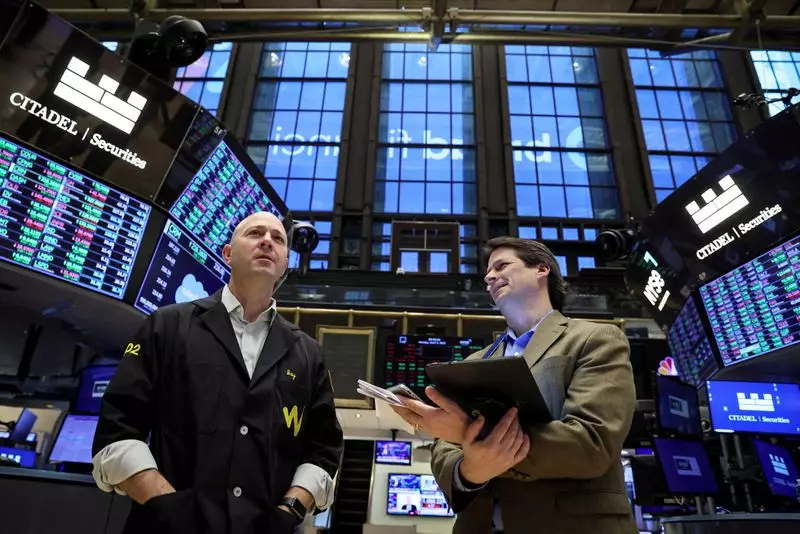In an impressive turn of events, the Dow Jones Industrial Average achieved a historic closing high on Friday, signifying a sustained bullish trend despite some volatility in the technology sector. The index closed at an unprecedented 42,313.00, reflecting a gain of 137 points or 0.3%. This surge was primarily driven by the robust performance of energy stocks and a growing optimism regarding the cooling inflation, although the broader market exhibited mixed signals with declines in both the S&P 500 and Nasdaq Composite, which retreated by 0.2% and 0.4%, respectively.
While the stock market enters a phase of euphoria, underlying economic indicators reveal a more complicated picture. Recent data released by the Commerce Department’s Bureau of Economic Analysis illustrated that consumer spending, a critical component of economic activity, saw a mere 0.2% growth in August, significantly lower than the anticipated 0.3% increase and the previous month’s 0.5% rise. This marked the slowest rate of growth we’ve seen in seven months, signaling potential headwinds for continued economic vitality. Similarly, household income growth also faltered, registering only a 0.2% increase, which fell short of expectations set at 0.4%.
Despite these slowing figures, it’s important to note that Kathy Jones, the chief fixed income strategist at Charles Schwab, described the numbers as indicative of a gradual slowdown rather than a significant downturn. Her comments highlight the ongoing resilience in wage gains, which have supported consumer spending even in a shaky labor market.
Moreover, the inflation narrative seems to be shifting, with the personal consumption expenditures (PCE) price index rising only 0.1% on a monthly basis—lower than the predicted stabilizing at July’s rate of 0.2%. Year-over-year figures also showed improvement, with inflation cooling to 2.2%, slightly better than expectations. Stripping out volatile components like food and energy, the core PCE still managed to meet forecasts, showing an annualized growth of 2.7%, indicating that inflation may not be as pervasive as once feared.
These figures come on the heels of the Federal Reserve’s recent decision to cut borrowing costs by 50 basis points, presenting an opportunity for further rate reductions in the near future. This dovish stance suggests a broader intent to maintain economic growth while also managing inflationary pressures.
Meanwhile, energy stocks emerged as the heavyweight champions of the day, soaring over 2% amidst rising oil prices driven by geopolitical tensions, particularly between Israel and Hezbollah. Escalating military actions in the region have led to fears of supply disruptions, hence propelling energy stocks higher, which has an inversely proportional effect on consumer sentiment related to expenses.
In contrast, major retailers like Costco Wholesale Corp faced turbulence, experiencing a decline of over 1% despite reporting quarterly results that exceeded Wall Street calculations, revealing that market perceptions can often outweigh favorable operational performance.
As investors navigate this complex market landscape, it remains crucial to balance optimism generated by historical stock performances against underlying economic data that suggests caution may be warranted. With mixed signals regarding consumer spending and inflation trends, market participants would do well to remain vigilant and adaptable in the face of evolving circumstances.

